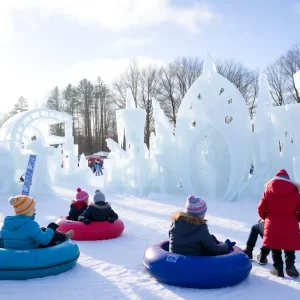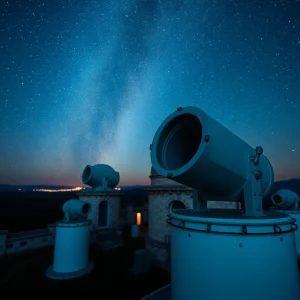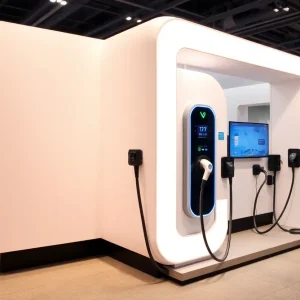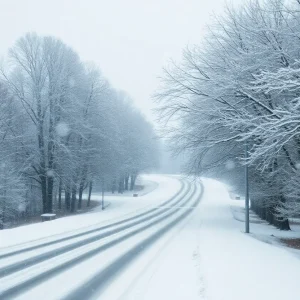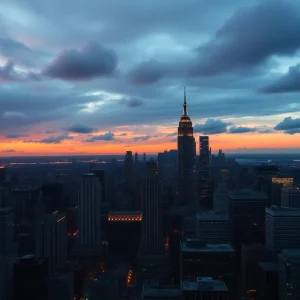Northern Lights Alert: What States May See Aurora Borealis Tonight
An unexpected and spectacular surprise is expected above our heads tonight. According to the National Oceanic and Atmospheric Administration (NOAA), the Northern Lights, or Aurora Borealis, might be visible in several US states as a geomagnetic storm continues into Tuesday. This comes after Monday’s unexpected G4 level geomagnetic storm and the Perseids meteor shower at its peak.
A Chance for Northern Lights and Perseids Together
The Northern Lights forecast for this week predicts potential for geomagnetic storm conditions to persist until Tuesday. However, it is pertinent to remember that space weather is as unpredictable as it is beautiful. The activity is typically the most heightened between 10 pm and 2 am.
The Northern Lights are the result of coronal mass ejections or eruptions of solar material that stream towards the earth. This series of CMEs started over the weekend and are expected to continue into Tuesday. This natural phenomenon causes vibrant displays of pink and green colors in the night sky and is predicted to be visible in several states in the continental US.
Double Celestial Show Tonight
As we continue to revel in the impressive Northern Lights display, another celestial event is still ongoing. The Perseid meteor shower, one of the most anticipated meteor showers of the year, is still active until September 1, despite having reached its peak yesterday. This implies that the shower may still be visible tonight if you know where to look.
Where Will The Northern Lights Be Visible Tonight?
Predicting the exact location of the Northern Lights’ appearance is tricky. However, according to the NOAA, the aurora may be most visible in Canada and Alaska. Some of the US states where the aurora might come within the view line include Washington, Oregon, Idaho, Montana, Wyoming, North Dakota, South Dakota, Nebraska, Minnesota, Iowa, Wisconsin, Illinois, Michigan, New York, Vermont, New Hampshire, and Maine.
Viewing Tips for The Northern Lights
For the best views of the Northern Lights it is advisable to travel as close to the poles as possible, distance yourself from city lights and other light pollution, monitor weather forecasts for prime viewing conditions, and position yourself on a hilltop for a clearer view.
Photographing The Northern Lights
Smartphone cameras can capture the aurora, even when it’s not visible to the naked eye. Turning on the night mode on your device can increase the camera exposure, capturing the lights better.
Space Weather in 2024
Solar Cycle 25, an 11-year cycle the sun undergoes, has resulted in recent sightings of the Northern Lights. NASA predicts that this cycle will continue into the next year. The Sun’s activity has been busier than scientists anticipated, so it’s possible that there will be even more geomagnetic storms leading up to 2025, though it’s difficult to predict exactly when these storms will occur.













